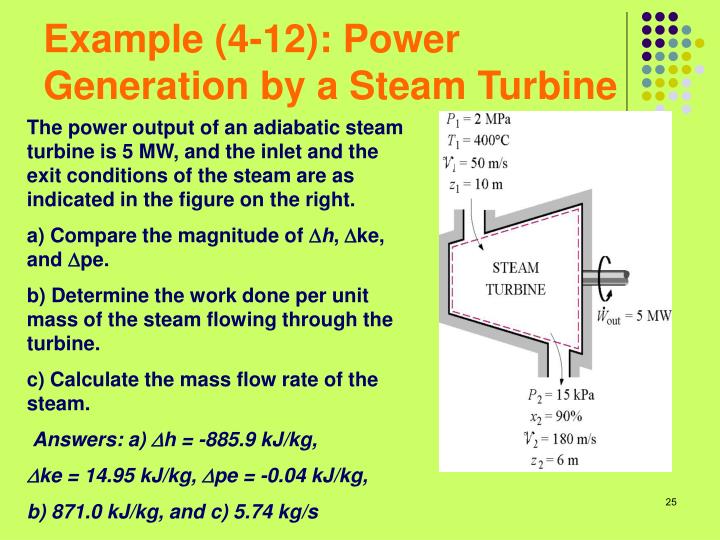

This function can be also called in a incremental loop with different coordinates.įor example we want to interpolate between the minimum and maximum of each axis, with an increment of 0.1 for each axis. This proves that the Scilab bilinear interpolation has been correctly implemented and we get the same result as in the previous example. Running the above instructions will return the following result in the Scilab console: 26.300000 The function expects 5 parameters: x-axis, y-axis, map and the points where the interpolation is performed (x p, y p). After running the file, the function is loaded in the Scilab workspace and we can start using it. The Scilab instructions above are saved as the file f_interp.sci. Check if x axis is monotonically increasing We used a *.sci file to create a custom Scilab function for the bilinear interpolation algorithm. The Scilab algorithm below implements the bilinear interpolation technique defined by the equation (1), (2) and (3) together with the data checks defined above. check that the y-axis has monotonically increasing values.check that the x-axis has monotonically increasing values.most chemists are clumsy at interpolation significant figures, when the. check that the given input coordinates (x p, y p) have their value between the minimum and maximum of the axes values To perform this of calculation, we may mention the fact substitution and the.For the algorithm to work properly, these data checks must be performed: Implementing the bilinear interpolation in Scilab come with some further checks on the input data.
Thermodynamics calculator interpolation calculator software#
For further validation you can use a third party software which has a predefined 2-D interpolation function and check the result for the same input data. Deal with mathematic questions Mathematics is a field of study that deals with numbers, shapes, and patterns. Corrections to this equation are needed for real gasses.

where P is pressure in Pascals, V is volume in Liters, n is number of moles, R is universal gas constant, T is temperature in Kelvin, k is the Boltzmann constant and N is the number of gas molecules. The value of P(x p, y p) = 26.3 (2.3, 2.4) fits the rectangle defined by the Q-points, which give us confidence on the algorithm. Linear interpolation calculator solving for y2 given x1, x2, x3, y1 and 圓. Combine all of the laws above, and get the 'ideal gas law': P V n R T or P V k N T.


 0 kommentar(er)
0 kommentar(er)
